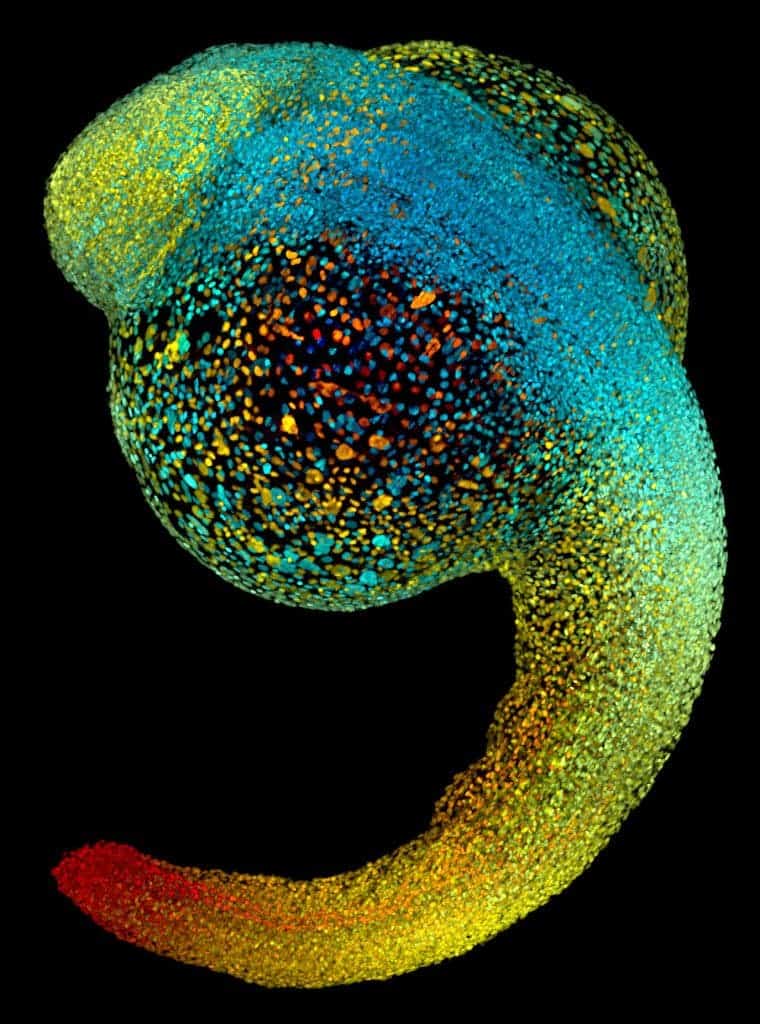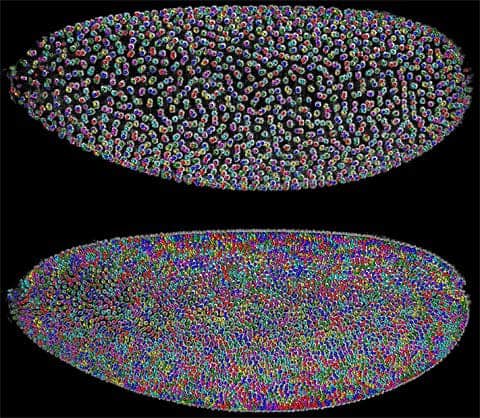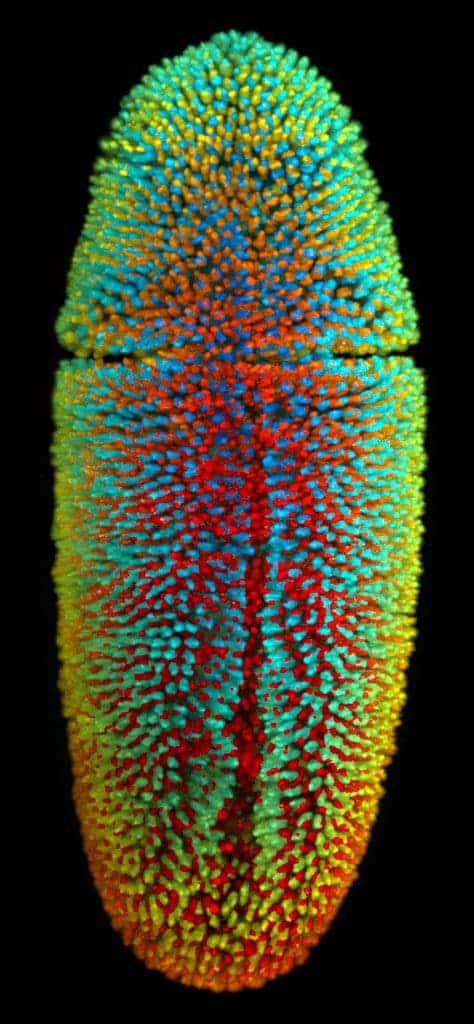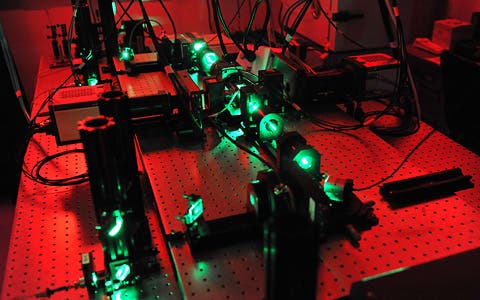
A new visualization technique developed by researchers at the Howard Hughes Medical Institute used a thin sheet of laser light that beams, stepwise, into different planes of a specimen to create intricate and detailed snapshots of cells. In these pictures featured above and below you can see how zebrafish and fruit fly embryos were imaged using this novel technique.


Here’s how it all works:
“The laser light causes the cells in the illuminated plane to fluoresce while a set of two or four cameras gather snapshots of every cell in the plane from several different angles. By taking pictures as the embryo rotates through the beam, Keller collects a set of planar views which are assembled into a dynamic three-dimensional depiction of the embryo at any given time during its 21 or more hours of development.”

Was this helpful?



